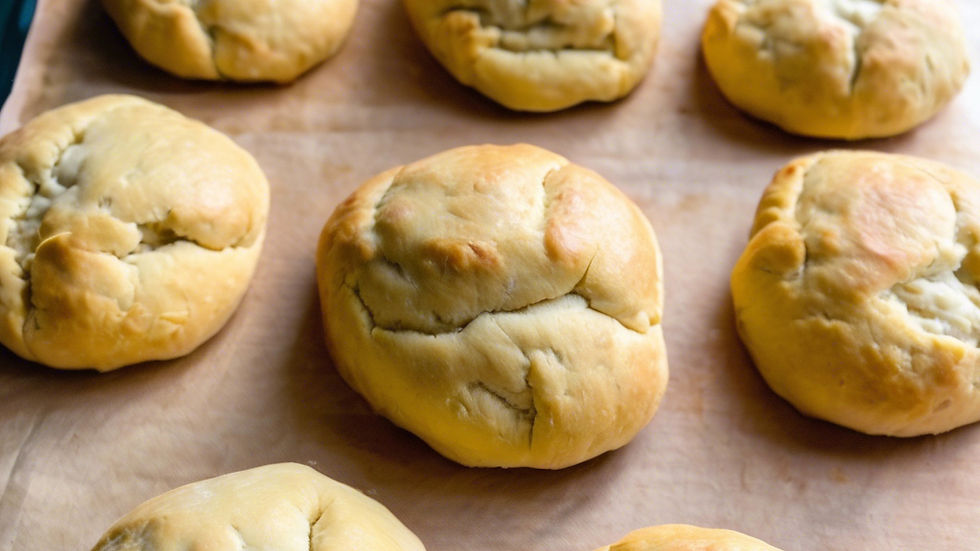Understanding Underproofed Dough: A Sourdough Beginner's Guide
- STUpendous

- May 4
- 3 min read
Updated: Jun 13
What Does Underproofed Mean?
If you're learning to bake sourdough, the term "Underproofed" is one you'll definitely come across. It's a core concept that helps shape your understanding of the entire sourdough process.
Underproofed dough hasn’t had enough time to rise. It often resists shaping and lacks volume in the oven, leading to a dense, gummy interior and tight crumb. Understanding the proper proofing stages is essential for any sourdough baker.
The Importance of Proofing
In the sourdough world, mastering underproofed dough can make the difference between an okay loaf and an exceptional one. Whether you're just beginning or refining your skills, understanding this term gives you more control over your results.
When you allow your dough to properly rise, a delightful transformation occurs. The fermentation process introduces air bubbles into the dough, which helps it expand and develop flavor. If the dough is underproofed, it hasn't developed enough strength to capture these air pockets.
Signs of Underproofing
How can you tell if your dough is underproofed? Here are some signs to look out for:
Resistant to Shaping: If your dough springs back vigorously when you try to shape it, it may need more time to rise.
Dense Texture: An underproofed loaf often has a gummy, dense texture. The crumb will appear tight rather than airy.
Lack of Oven Spring: When baked, underproofed dough typically does not expand as much, resulting in a flatter loaf.
Tips to Avoid Underproofing
Avoiding underproofed dough requires practice and attention. Here are some tips to help you:
Time Management: Ensure you give your dough enough time to rise. Depending on the temperature and humidity, this can vary.
Use the Poke Test: Lightly poke your dough. If it springs back slowly, it’s likely ready. If it bounces back quickly, it may need more time.
Mark Your Bowl: Use a marker to indicate the starting point of your dough. This will help you visualize its growth.
The Role of Temperature
The environment plays a huge role in proofing. Higher temperatures speed up fermentation and can reduce proofing time, while cooler temperatures slow it down. A warm kitchen will help your dough rise faster; however, too much heat can lead to overproofing.
Conversely, if your kitchen is cold, your dough will take longer to rise. In such cases, you may want to find a warmer spot in your home or use methods like a proofing box or a warm oven (with the light on) to help control the environment.
Finding Your Perfect Proofing Time
Every kitchen is different. Factors like humidity, room temperature, and dough type will influence proofing time. If you’re following a specific recipe, keep in mind that the suggested proofing time is just a guideline.
As you gain experience, you’ll develop a better instinct for determining when your dough is perfectly proofed. Document your process to help refine your timing for the future.
Believing in Your Sourdough Journey
Want to see these terms in action? Follow my sourdough journey on TikTok @neurodivergence4thewin for demos, tips, and gut-healthy inspiration!

Learning about underproofing is just one piece of the sourdough puzzle. Don't get discouraged if your first few loaves are not perfect. Baking is a journey filled with experimentation and learning.
With time and practice, you’ll be able to master underproofing and create beautiful, airy loaves. Enjoy the process, and happy baking!




Comments